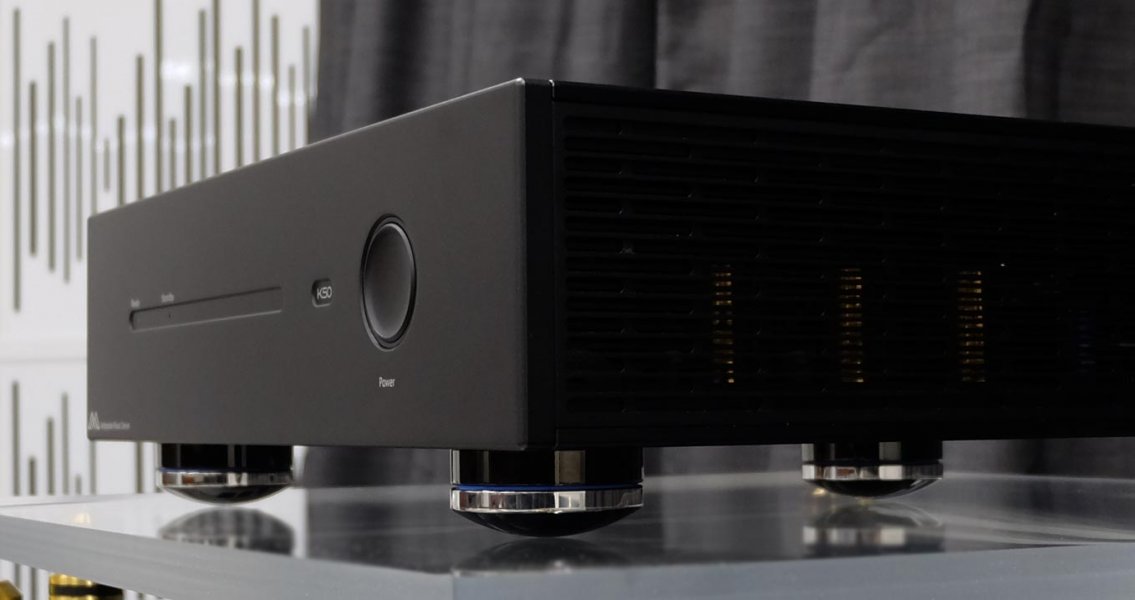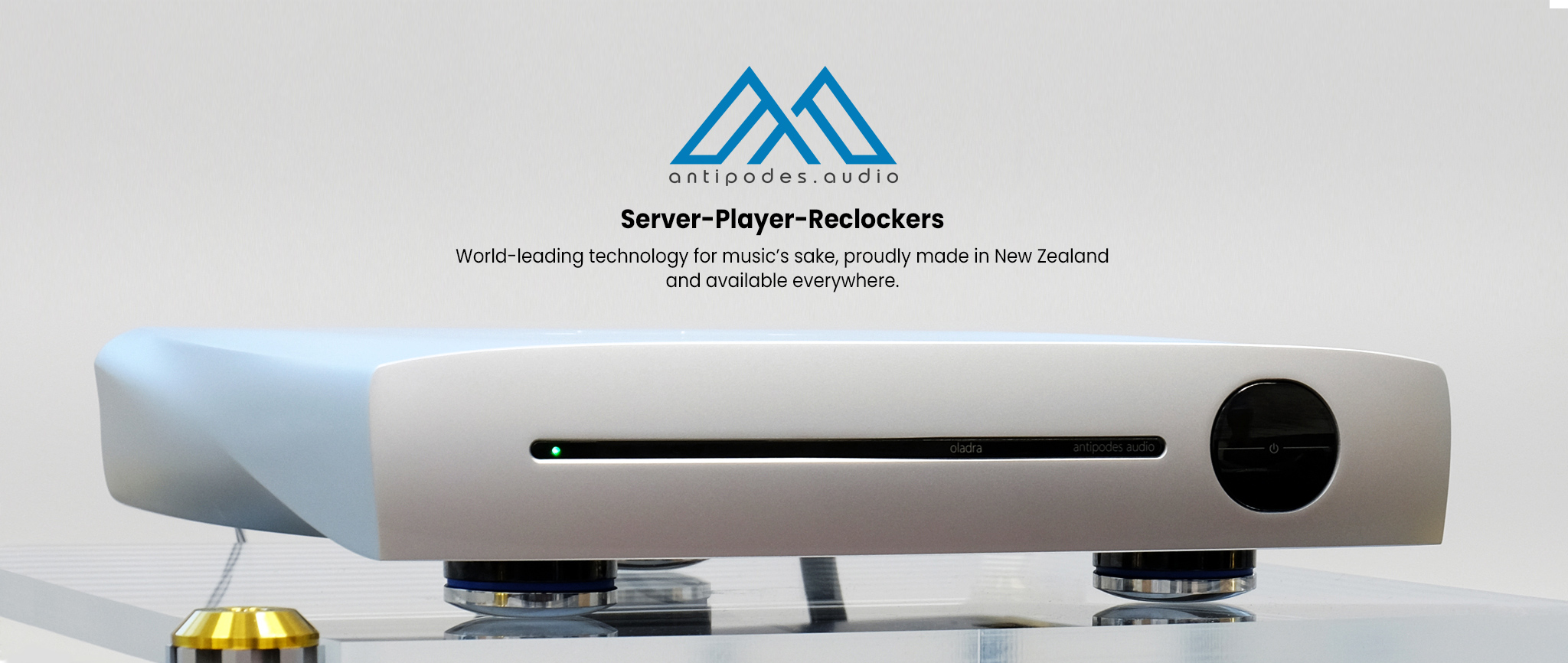Antipodes Audio Press Release 30 June 2023
Antipodes Audio is proud to announce its updated server/streamer line-up for 2023, with updates to the existing flagship OLADRA and the K Series range.
Coupled with the release of the updated range is the Antipodes Audio Upgrade Program for all existing OLADRA and K Series owners, which brings their units up to the corresponding new model specification. An upgraded unit will be identical in all respects to the new models and receive a fresh warranty.
The S Series has been discontinued due to Intel no longer making the CPUs required by these models, but we retain ample parts to support these models going forward.
Product Updates 2023
The Changes
Changes to the OLADRA and the K Series are due to four key developments that we have been working on over several months.
Other benefits include an increase of 200% to 400% in system resources to improve system responsiveness, and enterprise-level OS resilience against data loss in unusual AC power events.
The new models and the upgrade program will go live early in August 2023.
Pricing
Prices do not include the impact of duties and taxes that might be levied in your country

Isolation Footers on the K50 (G4)
Antipodes Audio is proud to announce its updated server/streamer line-up for 2023, with updates to the existing flagship OLADRA and the K Series range.
Coupled with the release of the updated range is the Antipodes Audio Upgrade Program for all existing OLADRA and K Series owners, which brings their units up to the corresponding new model specification. An upgraded unit will be identical in all respects to the new models and receive a fresh warranty.
The S Series has been discontinued due to Intel no longer making the CPUs required by these models, but we retain ample parts to support these models going forward.
Product Updates 2023
The Changes
Changes to the OLADRA and the K Series are due to four key developments that we have been working on over several months.
- Installing the OLADRA’s triple-cascade power supply technology in the K Series models.
- Installing our proprietary high-quality isolation footers on the K Series models.
- Upgrading K50 and K41 Server engines with innovations used in the OLADRA.
- Upgrading the Player engines for the OLADRA, K50, K22 & K21.
- Installing new USB outputs for the OLADRA, K50, K22 & K21.
Other benefits include an increase of 200% to 400% in system resources to improve system responsiveness, and enterprise-level OS resilience against data loss in unusual AC power events.
The new models and the upgrade program will go live early in August 2023.
Pricing
Prices do not include the impact of duties and taxes that might be levied in your country
- OLADRA
New Price: USD29,000
Old Price: USD25,000
Upgrade: USD4,000 - K50 Revised
New Price: USD19,000
Old Price: USD17,500
Upgrade: USD4,000 - K50 Original
New Price: USD19,000
Old Price: USD15,000
Upgrade: USD6,000 - K41
New Price: USD10,000
Old Price: USD10,000
Upgrade: USD2,000 - K40
New Price: USD10,000
Old Price: USD9,000
Upgrade: USD4,000 - K30
Upgrade: USD3,000 - K22
K22 New Price: USD9,000
Old Price: USD9,000
Upgrade: USD2,000 - K21
New Price: USD7,000
Old Price: USD6,500
Upgrade: USD2,000

Isolation Footers on the K50 (G4)
Last edited:


